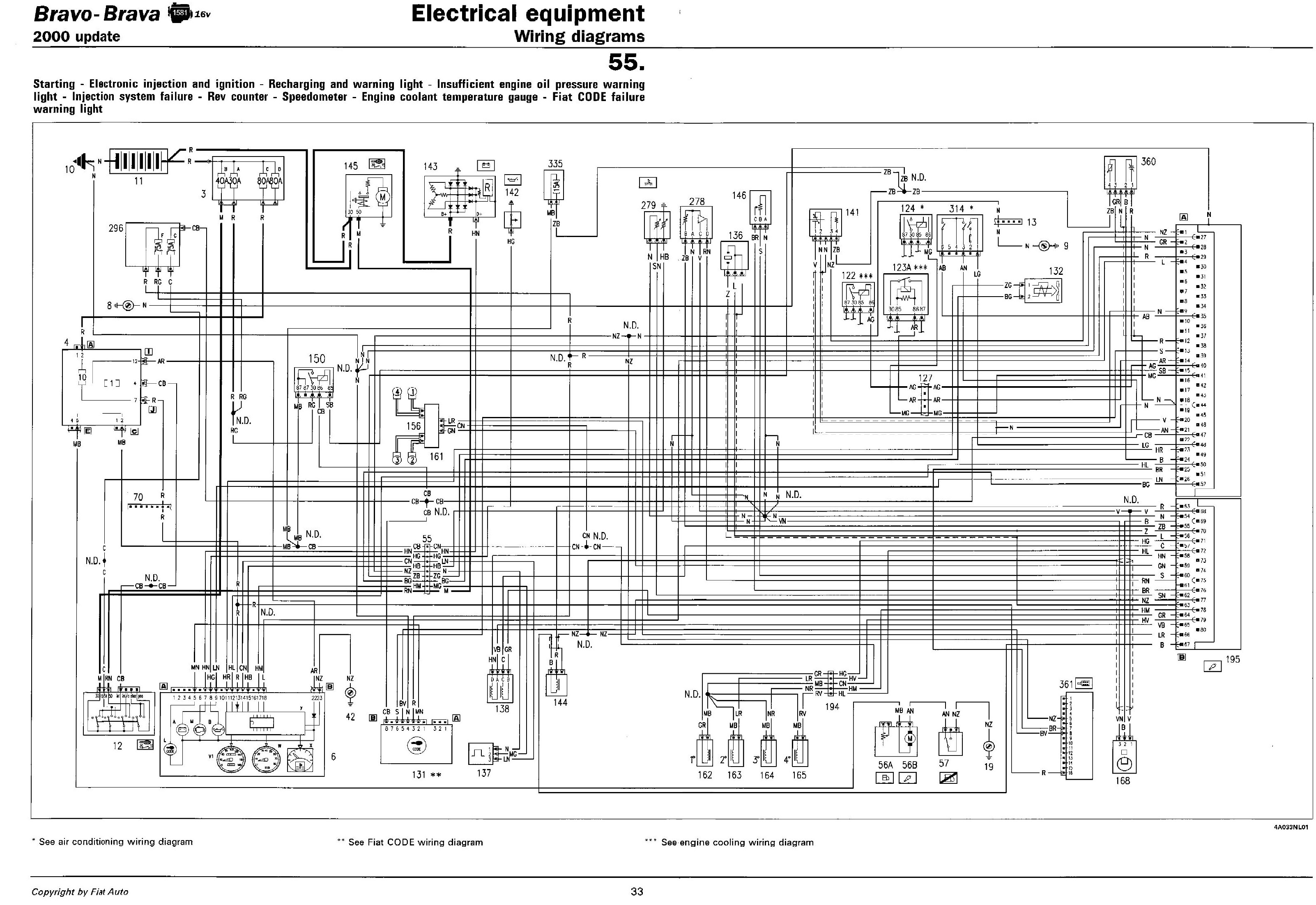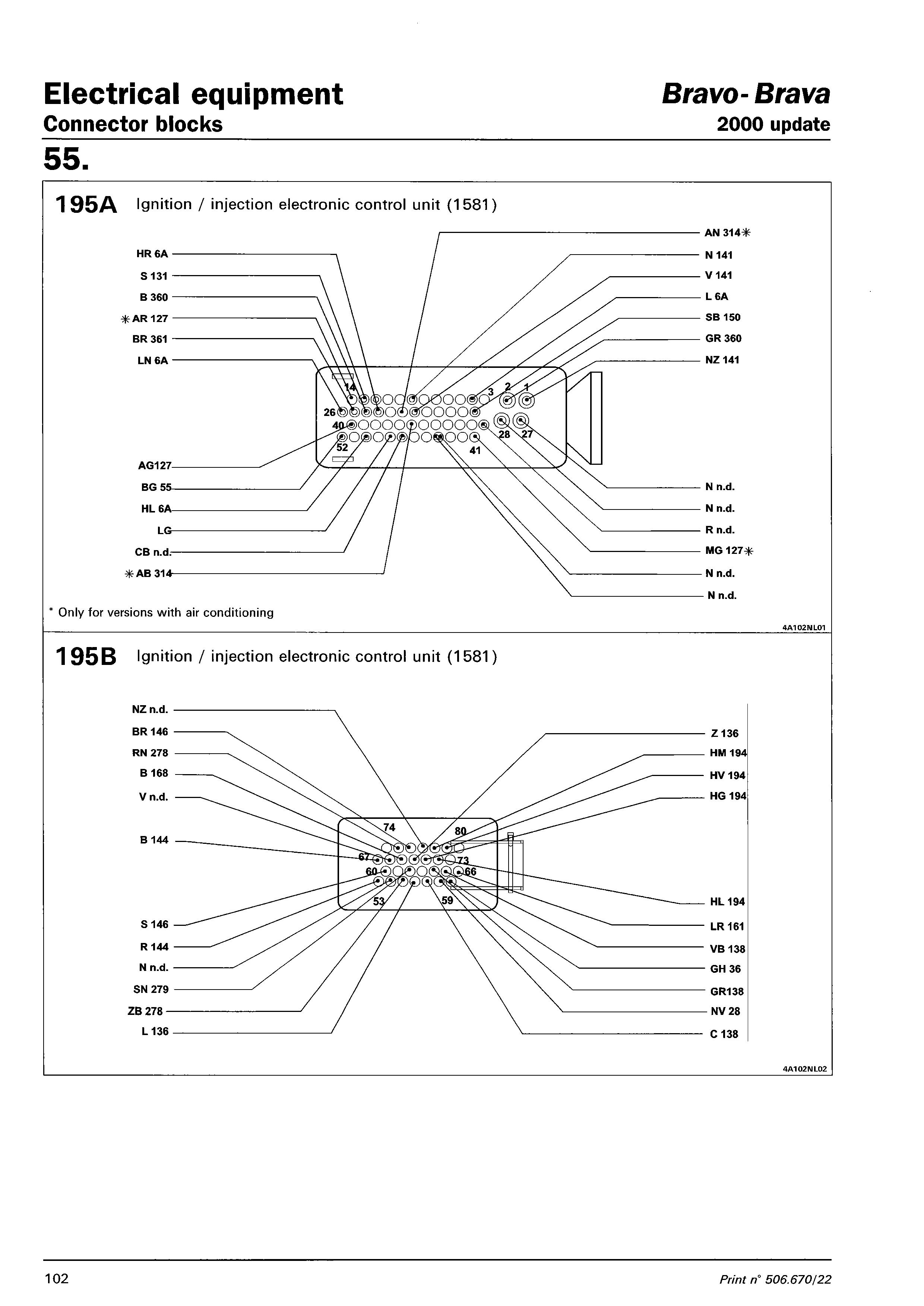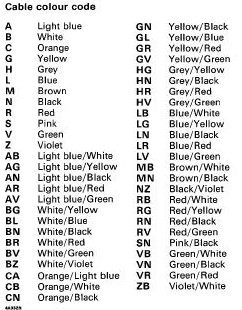Advice needed.... basically - which sensors connect to which connectors on the wiring loom?
I have a 2001 Brava 1.2 with the later "Maniverter" exhaust that has 2 x lambda sensors. One is before the Cat section, the cable is 300mm long and was replaced about 4 years ago. The second is in the traditional place after the Cat, the cable is 600mm long and it could be original. Both are 4-pin.
Last year 2 things happened:
Firstly I overhauled the cooling system so I replaced the thermostat, this meant removing the coilpack and disconnecting the 2 x lambdas. However I MAY have cross-connected the sensors... Anyway the car seemed to run fine.
Then I took it to a garage for an MOT etc.. it passed fine but I was told that there had been an engine warning light and the diagnostics indicated a failed lambda heater (don't know which one).
Then... in the winter when warming up it would sometimes show the orange light and judder quite a bit, but it would clear up fine as the car warmed.
So.... I rechecked my lambda wires and connections, and swapped them over. I now have the upper sensor going to the higher connection on the loom, and the second sensor going to the lower connection on the loom - seems logical... The car basically runs very well (no lights) but sometimes there is still a hint of a misfire.. again when cold.
Therefore... can anyone please confirm the correct connection arrangement? I'm kind of assuming that they are now connected right but maybe the original (lower) lambda has a faulty heater that makes it misbehave when cold.
Any thoughts?
I have a 2001 Brava 1.2 with the later "Maniverter" exhaust that has 2 x lambda sensors. One is before the Cat section, the cable is 300mm long and was replaced about 4 years ago. The second is in the traditional place after the Cat, the cable is 600mm long and it could be original. Both are 4-pin.
Last year 2 things happened:
Firstly I overhauled the cooling system so I replaced the thermostat, this meant removing the coilpack and disconnecting the 2 x lambdas. However I MAY have cross-connected the sensors... Anyway the car seemed to run fine.
Then I took it to a garage for an MOT etc.. it passed fine but I was told that there had been an engine warning light and the diagnostics indicated a failed lambda heater (don't know which one).
Then... in the winter when warming up it would sometimes show the orange light and judder quite a bit, but it would clear up fine as the car warmed.
So.... I rechecked my lambda wires and connections, and swapped them over. I now have the upper sensor going to the higher connection on the loom, and the second sensor going to the lower connection on the loom - seems logical... The car basically runs very well (no lights) but sometimes there is still a hint of a misfire.. again when cold.
Therefore... can anyone please confirm the correct connection arrangement? I'm kind of assuming that they are now connected right but maybe the original (lower) lambda has a faulty heater that makes it misbehave when cold.
Any thoughts?






